If you’re looking to get away from meat, there are all sorts of high-protein vegetables that you can grow in your garden. While protein is important, these vegetables also pack a punch in terms of other essential nutrients.
Keep reading below to find out the top 25 protein-filled vegetables that will easily grow in your backyard.
25. Sweet Potatoes
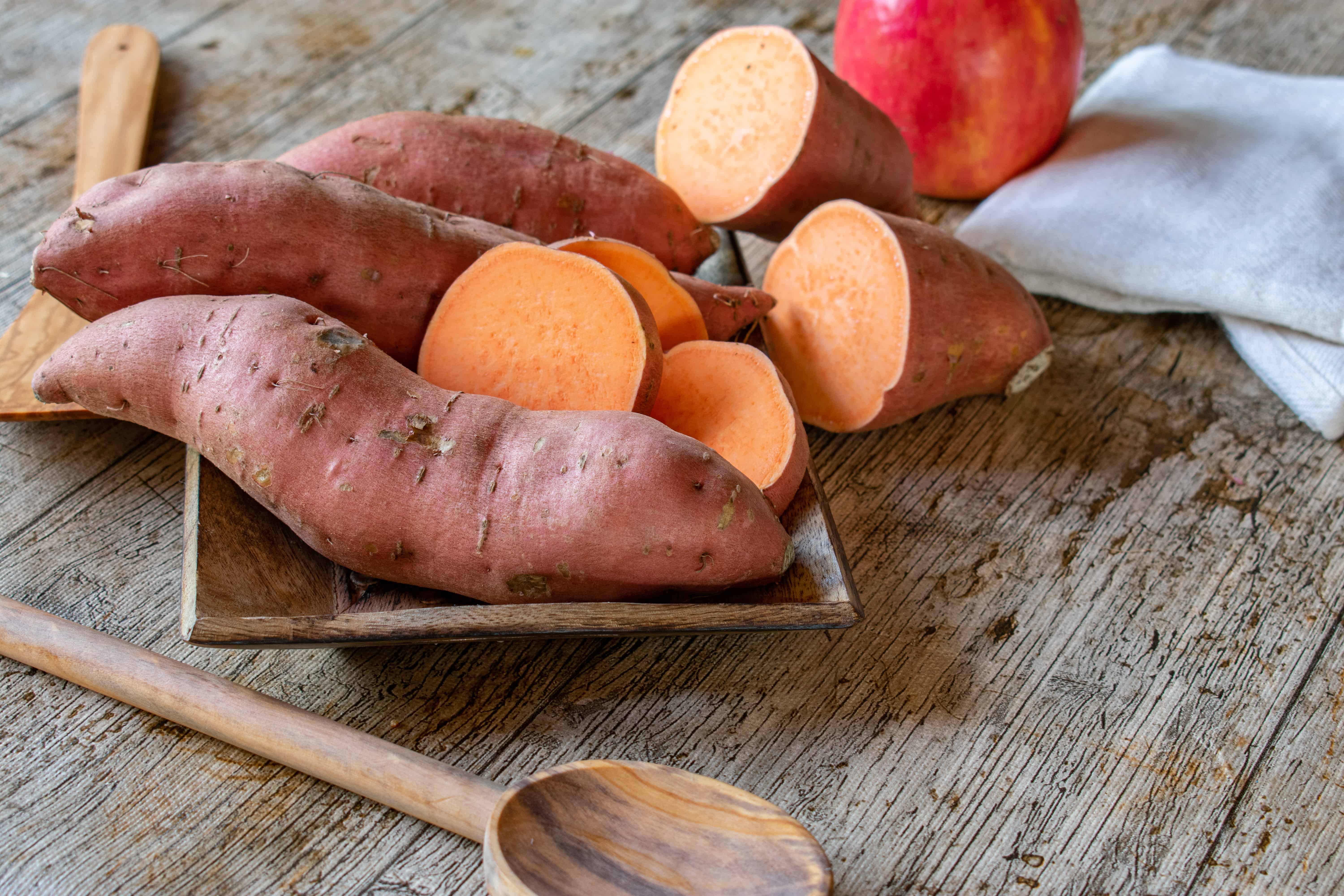
Sweet potatoes are one of those foods thrown into the superfood category due to all of their nutritional benefits.
©Angelika Heine/Shutterstock.com
Protein Per 100 Grams: 1.6g
Other Nutrients: Vitamin A, B vitamins, vitamin C, calcium, iron, magnesium, phosphorus, potassium, thiamin, and zinc.
24. Avocado

Avocados are sometimes given a bad rap, but they are very nutrient-dense.
©Krasula/Shutterstock.com
Protein Per 100 Grams: 1.8g
Other Nutrients: Fat, fiber, B vitamins, Vitamin C, Vitamin E, Vitamin K, folate, potassium, magnesium, and carotenoids.
23. Cauliflower
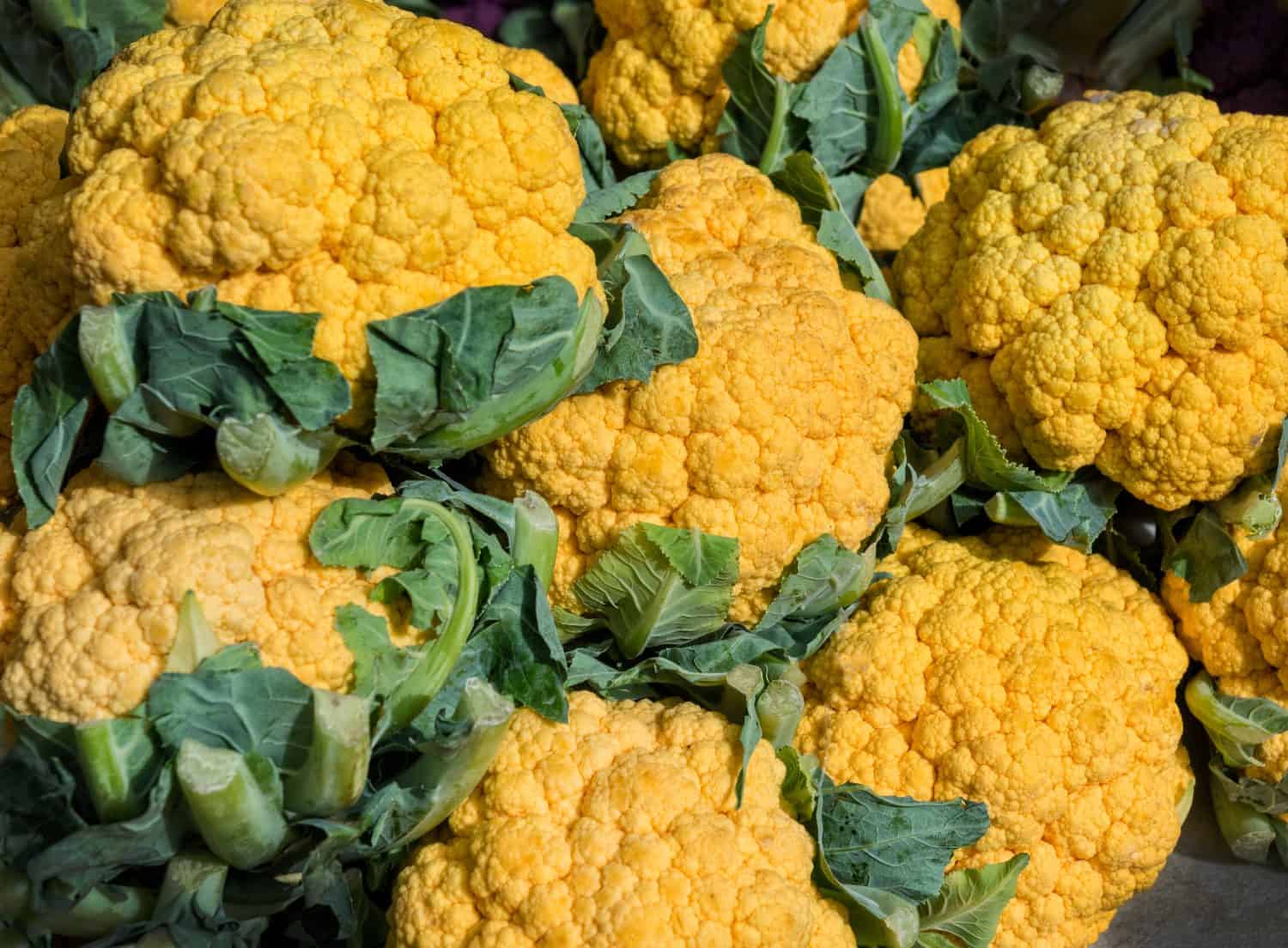
Cauliflower is good in many meals, not just as a rice substitute.
©Frank Bach/Shutterstock.com
Protein Per 100 Grams: 1.9g
Other Nutrients: Phosphorus, magnesium, choline, manganese, potassium, pantothenic acid, folate, B vitamins, vitamin K, vitamin C, and fiber.
22. Red Potatoes
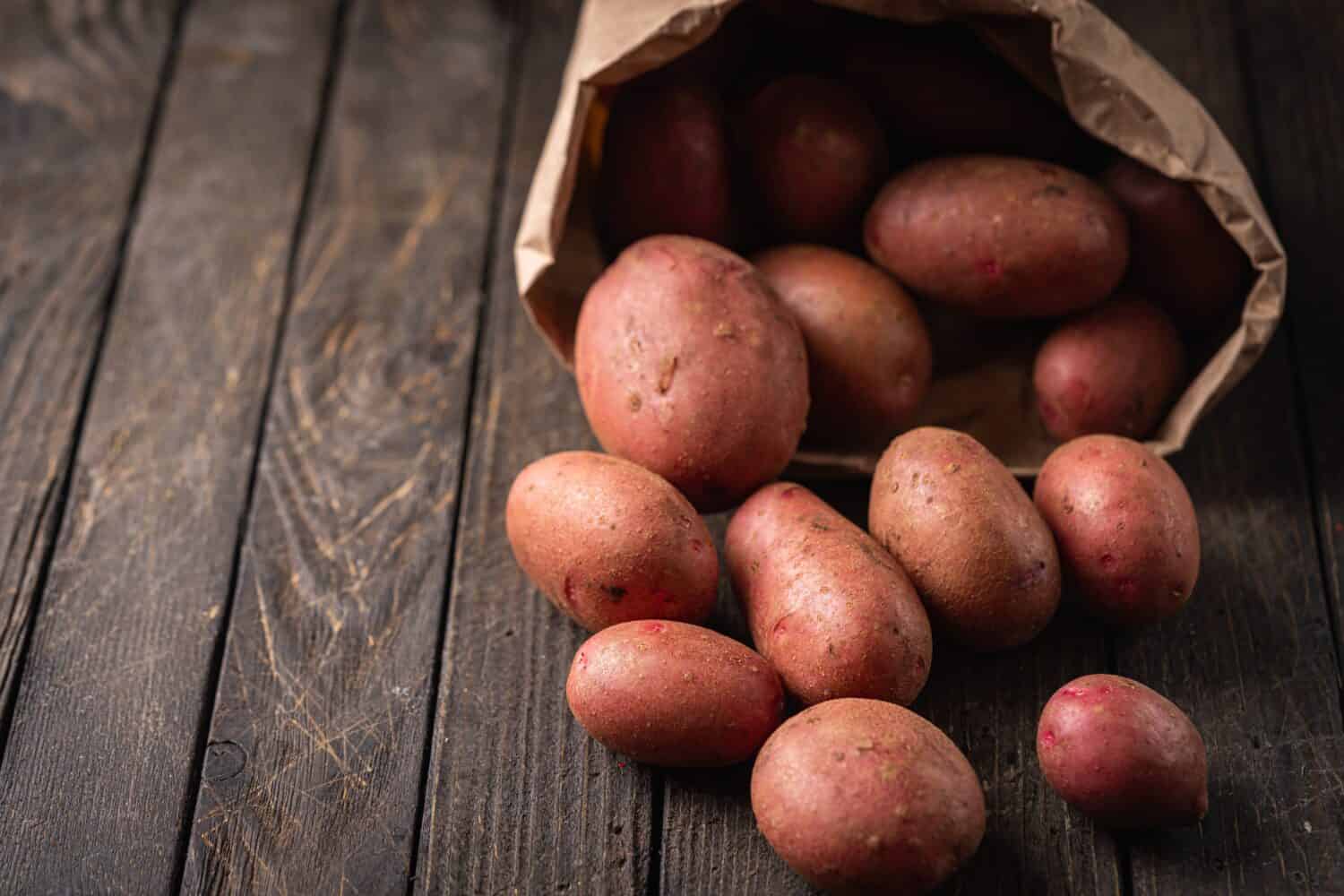
Red
potatoes
contain all the nutrients your body needs to survive.
©Goskova Tatiana/Shutterstock.com
Protein Per 100 Grams: 1.9g
Other Nutrients: Fiber, vitamin C, potassium, B vitamins, iron, and magnesium.
21. Asparagus

Though asparagus is full of nutrients, it’s a low-calorie food.
©Kati Finell/Shutterstock.com
Protein Per 100 Grams: 2.4g
Other Nutrients: Fiber, vitamin C, vitamin A, vitamin K, folate, potassium, phosphorous, and vitamin E.
20. Broccoli
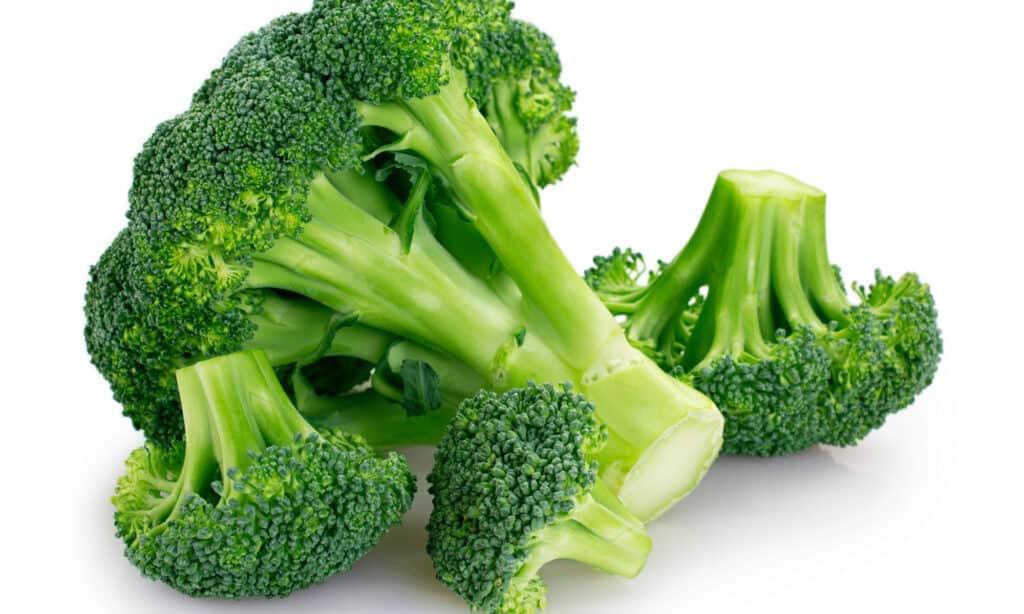
Broccoli is often considered a high-protein vegetable, but there are quite a few vegetables higher.
©Valery121283/Shutterstock.com
Protein Per 100 Grams: 2.4g
Other Nutrients: Fiber, fat, vitamin C, vitamin K, and folate.
19. Brussels Sprouts
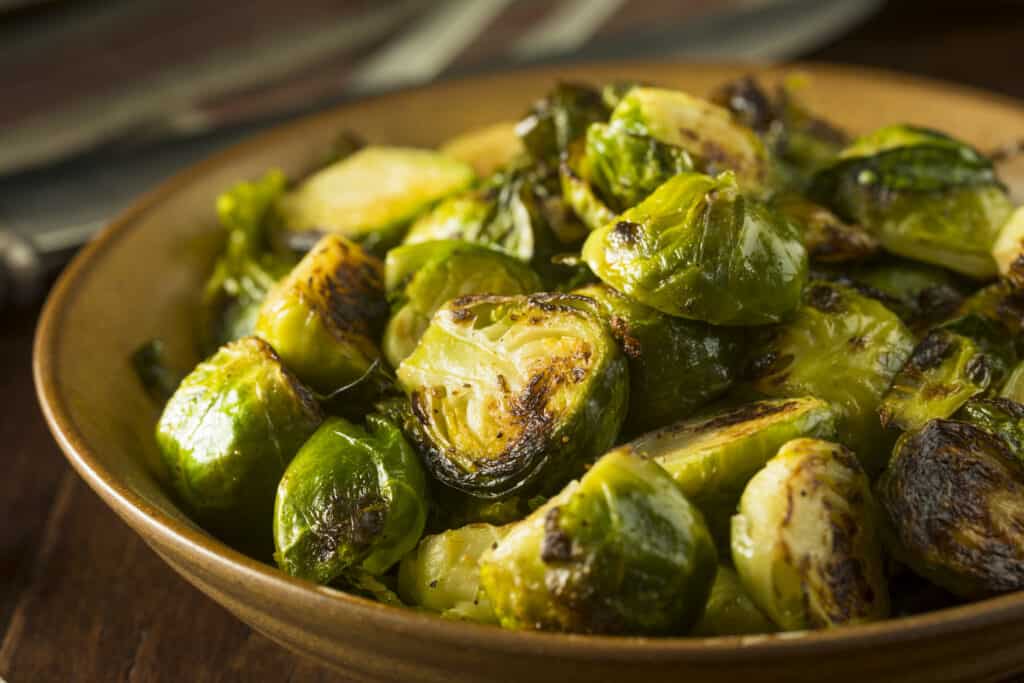
Brussels sprouts
are a very unpopular vegetable but are full of nutrients and fairly high in protein.
©Brent Hofacker/Shutterstock.com
Protein Per 100 Grams: 2.6g
Other Nutrients: Fiber, vitamin K, vitamin C, and folate.
18. Beet Greens
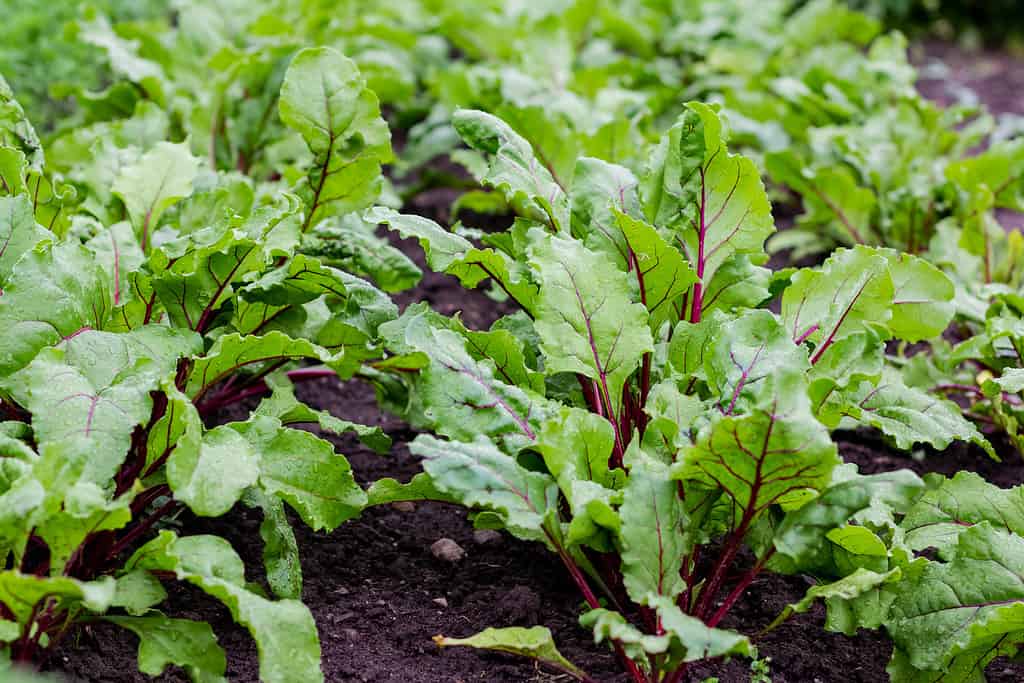
Beet greens can be cooked similarly to spinach or kale, and put in many of the same recipes.
©irkus/ via Getty Images
Protein Per 100 Grams: 2.2g
Other Nutrients: Nitrates, magnesium, calcium, fiber, iron, phosphorus, potassium, zinc, manganese, selenium, vitamin A, vitamin C, vitamin K, and folate.
17. Kale
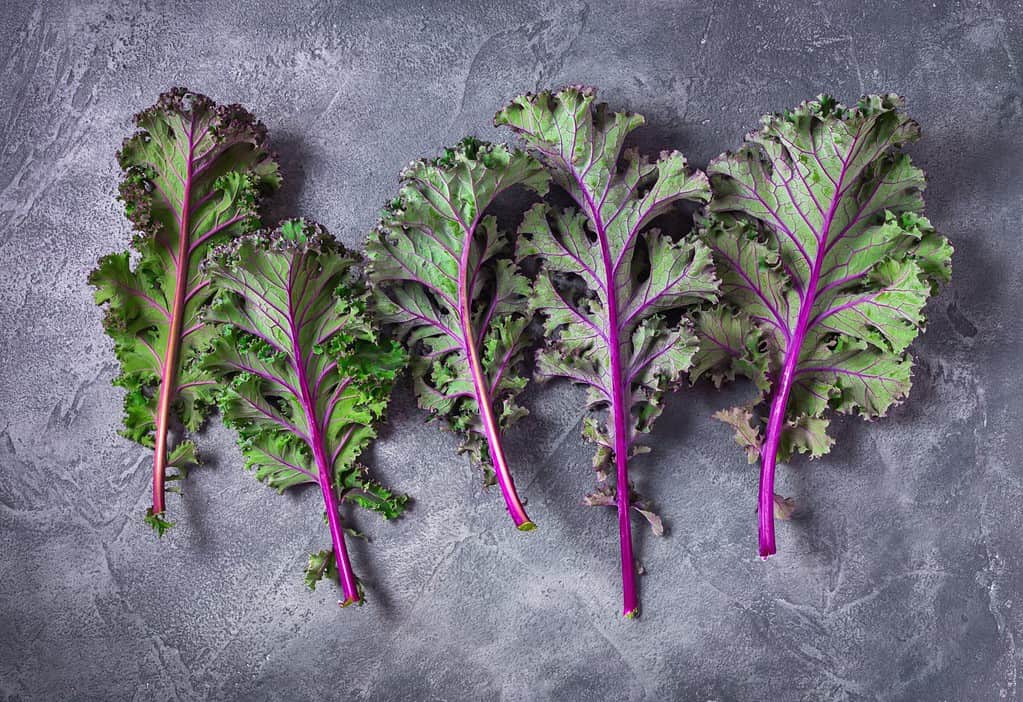
If cooked and massaged right, kale can be quite a delicious addition to many meals.
©yingko/Shutterstock.com
Protein Per 100 Grams: 2.9g
Other Nutrients: Vitamin A, B vitamins, vitamin C, vitamin K, folate, fiber, carotenoids, and manganese.
16. Spinach
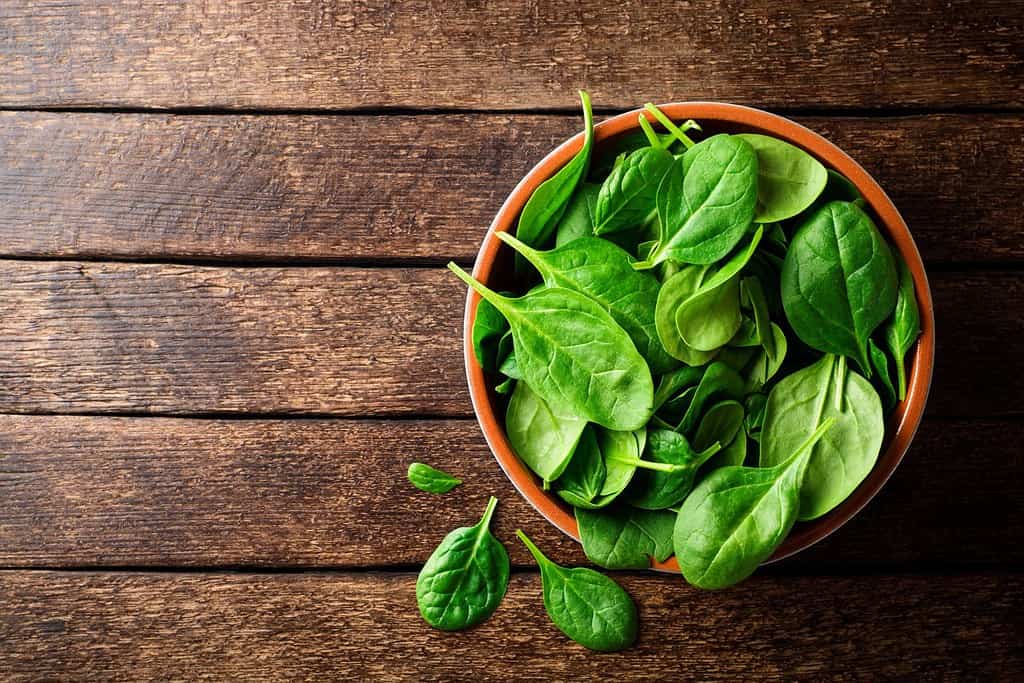
If you’re sensitive to or want to avoid pesticides, aim for organic spinach.
©nesavinov/Shutterstock.com
Protein Per 100 Grams: 3g
Other Nutrients: Vitamin A, vitamin C, vitamin K, potassium, iron, folate, and fiber.
15. Collard Greens
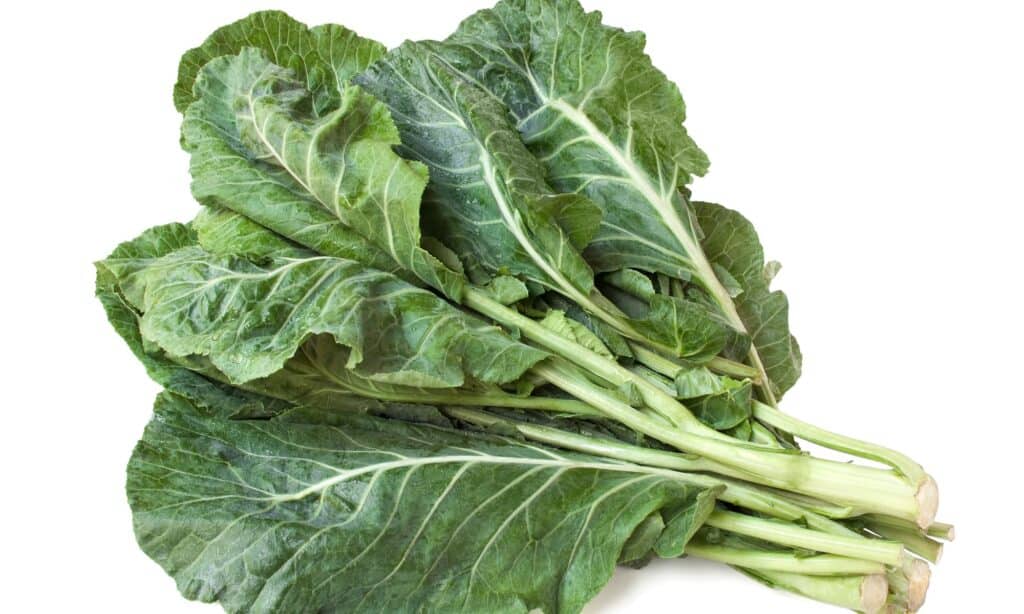
Collard greens
are tough, so it’s important to prepare them in the right way.
©iStock.com/EvergreenPlanet
Protein Per 100 Grams: 3g
Other Nutrients: Vitamin A, vitamin C, vitamin K, calcium, potassium, and folate.
14. Broccoli Rabe
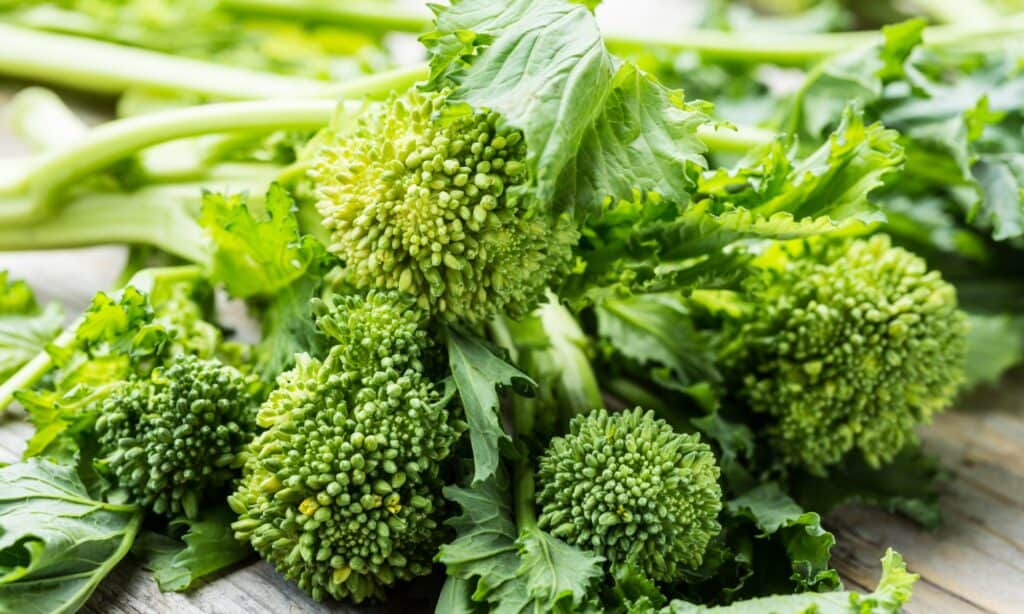
Leaves stems, and buds of broccoli rabe are edible.
©iStock.com/Quanthem
Protein Per 100 Grams: 3.2g
Other Nutrients: Fiber, vitamin A, vitamin C, folate, calcium, iron, and zinc.
13. Snow Peas

Snow peas are an ancient vegetable cultivated in China for centuries.
©bigacis/Shutterstock.com
Protein Per 100 Grams: 3.3g
Other Nutrients: Vitamin A, vitamin C, vitamin K, folate, magnesium, phosphorus, potassium, and manganese.
12. Artichokes
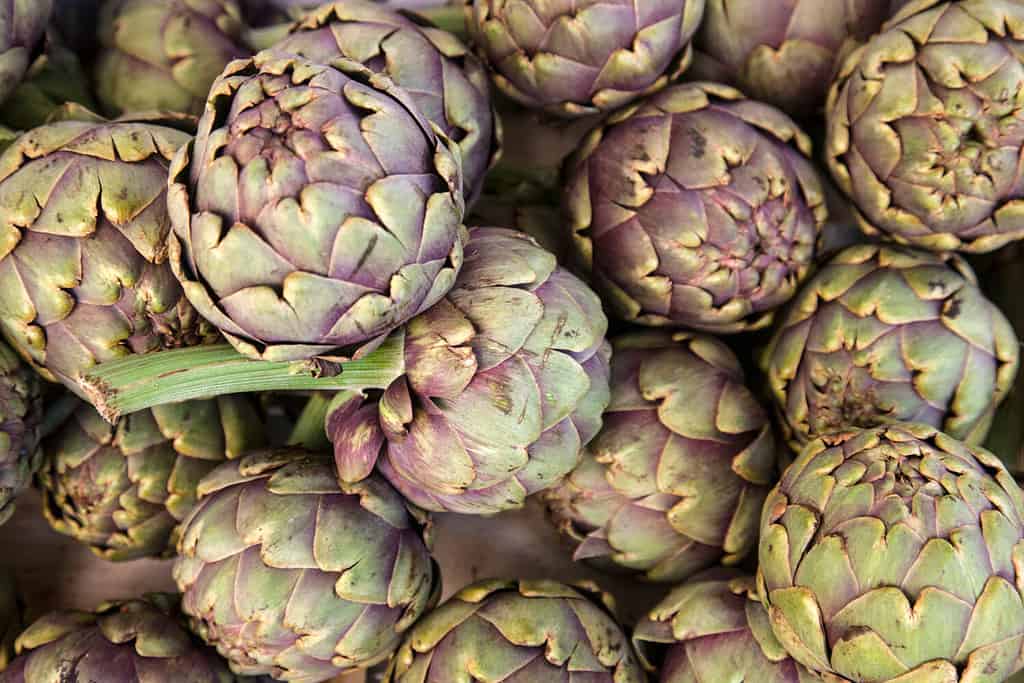
Artichokes are so healthy that they have been treated as a medicine for centuries.
©Danita Delimont/Shutterstock.com
Protein Per 100 Grams: 3.3g
Other Nutrients: Fiber, folate, copper, magnesium, vitamin C, niacin, riboflavin, potassium, phosphorus, and B vitamins.
11. Sweet Corn
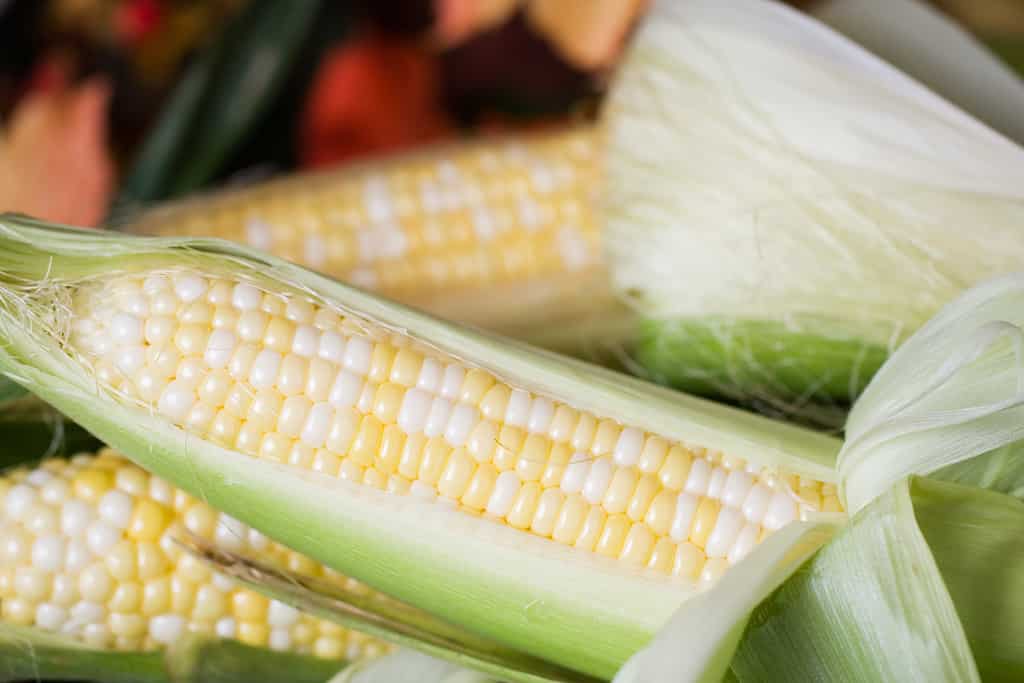
Corn is delicious with just a little salt and butter, or mixed into a variety of dishes.
©skhoward/iStock via Getty Images
Protein Per 100 Grams: 3.3g
Other Nutrients: Vitamin C, B vitamins, vitamin E, vitamin K, potassium, manganese, phosphorus, iron, zinc, and magnesium.
10. Mushrooms

There are many different kinds of edible mushrooms, all of which are nutritious.
©prill/ via Getty Images
Protein Per 100 Grams: 3.6g
Other Nutrients: Iron, calcium, magnesium, phosphorus, potassium, sodium, zinc, vitamin C, vitamin D, folate, choline, and niacin.
9. Green Peas
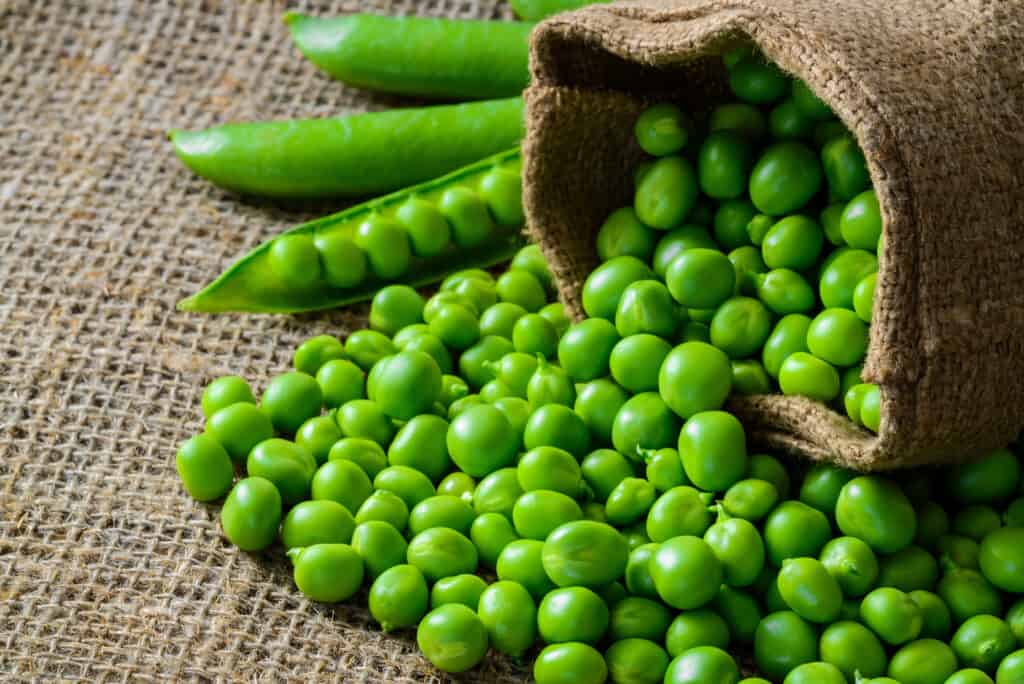
Though peas are
legumes
, they’re more often treated as a starchy vegetable.
©287797673/Shutterstock.com
Protein Per 100 Grams: 5.4g
Other Nutrients: Fiber, protein, vitamin A, vitamin K, vitamin C, thiamine, folate, manganese, iron, and phosphorus.
8. Lima Beans

Lima beans are also known as butter beans, double beans, or wax beans.
©barmalini/Shutterstock.com
Protein Per 100 Grams: 6.8g
Other Nutrients: Fiber, manganese, copper, magnesium, iron, potassium, thiamin, vitamin C, B vitamins, and phosphorus.
7. Black Beans

While black beans are healthy, eating too many in a day can cause problems in the stomach and intestines.
©Katrinshine/Shutterstock.com
Protein Per 100 Grams: 8.9g
Other Nutrients: Fiber, calcium, iron, magnesium, phosphorus, potassium, zinc, thiamin, niacin, and folate.
6. Lentils
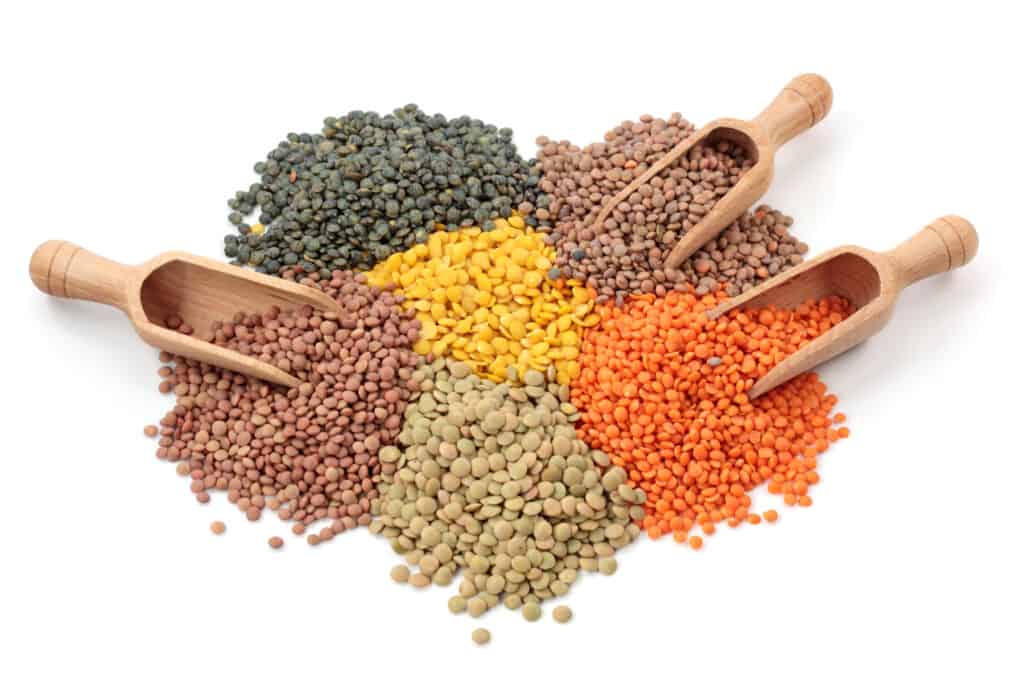
Each type of lentil has slightly different flavors, tastes, and nutrition.
©iStock.com/egal
Protein Per 100 Grams: 9g
Other Nutrients: Manganese, copper, zinc, potassium, phosphorus, magnesium, iron, folate, niacin, B vitamins, thiamine, and fiber
5. Edamame
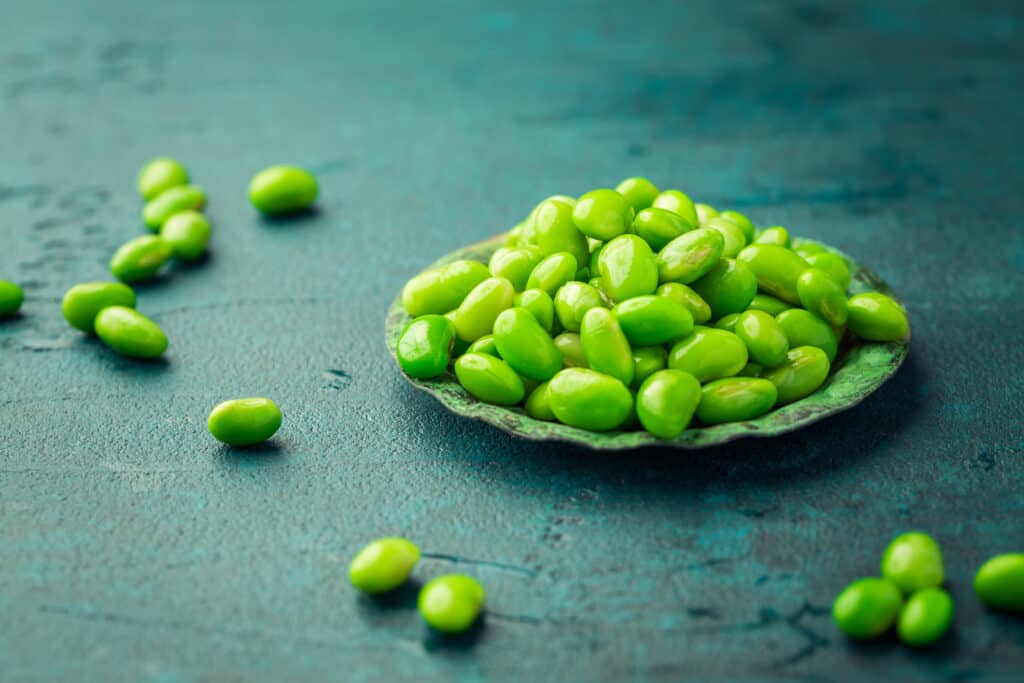
Edamame beans are a type of soybean, and eating too many can cause problems with digestion.
©iStock.com/brebca
Protein Per 100 Grams: 12g
Other Nutrients: Vitamin C, calcium, iron, and folates.
4. Bean Sprouts
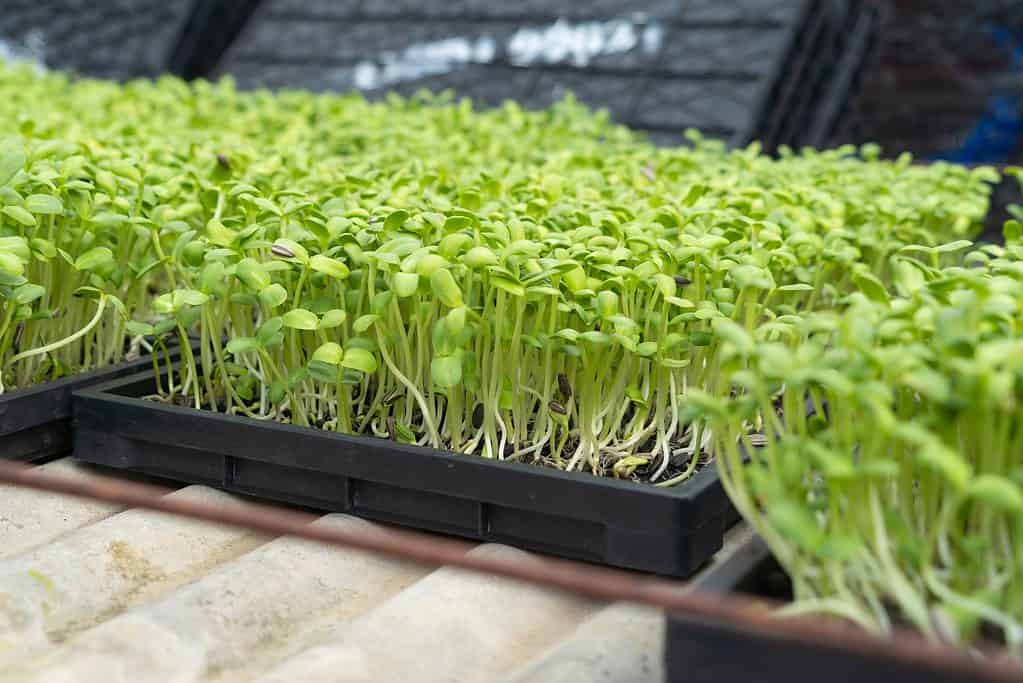
Soy, pea, lentil, kidney, chickpea, mung bean, and adzuki, are all types of bean sprouts high in protein.
©Tavarius/Shutterstock.com
Protein Per 100 Grams: 13.1g
Other Nutrients: Vitamin C, folate, and iron.
3. Chickpeas

Chickpeas are eaten dried, mushed up as hummus, cooked plain, and in soups and stews.
©innakreativ/Shutterstock.com
Protein Per 100 Grams: 19g
Other Nutrients: Fiber, manganese, B vitamins, copper, iron, zinc, phosphorus, magnesium, thiamine, selenium, and potassium.
2. Mung Beans
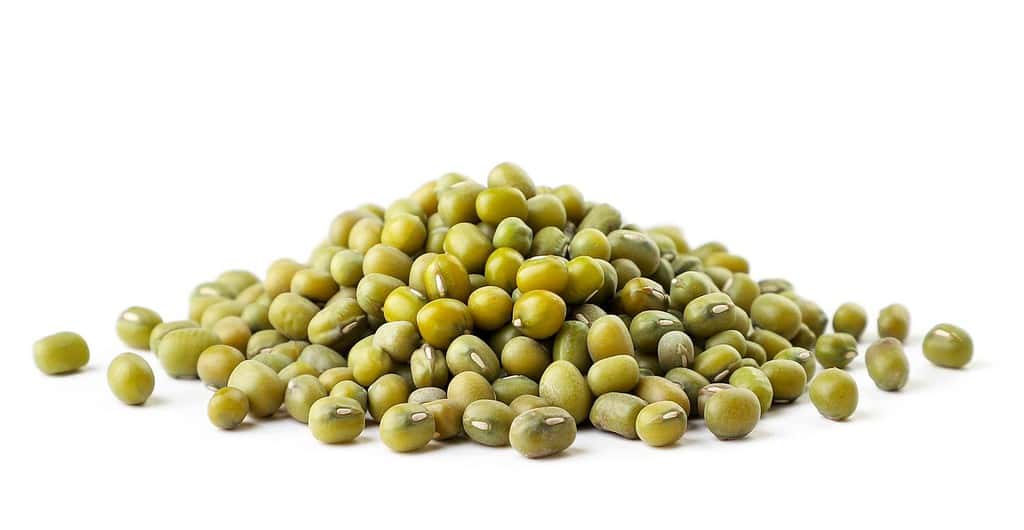
Mung beans originated in India before moving on to China and some Southeast Asian countries.
©innakreativ/Shutterstock.com
Protein Per 100 Grams: 24g
Other Nutrients: B vitamins, zinc, potassium, copper, iron, phosphorus, magnesium, manganese, and fiber.
1. Fava Beans

People all over the world eat fava beans, also known as broad beans.
©Matyas Rehak/Shutterstock.com
Protein Per 100 Grams: 26g
Other Nutrients: Fiber, folate, manganese, copper, phosphorus, magnesium, iron, potassium, zinc, and thiamine.
Thank you for reading! Have some feedback for us? Contact the AZ Animals editorial team.








